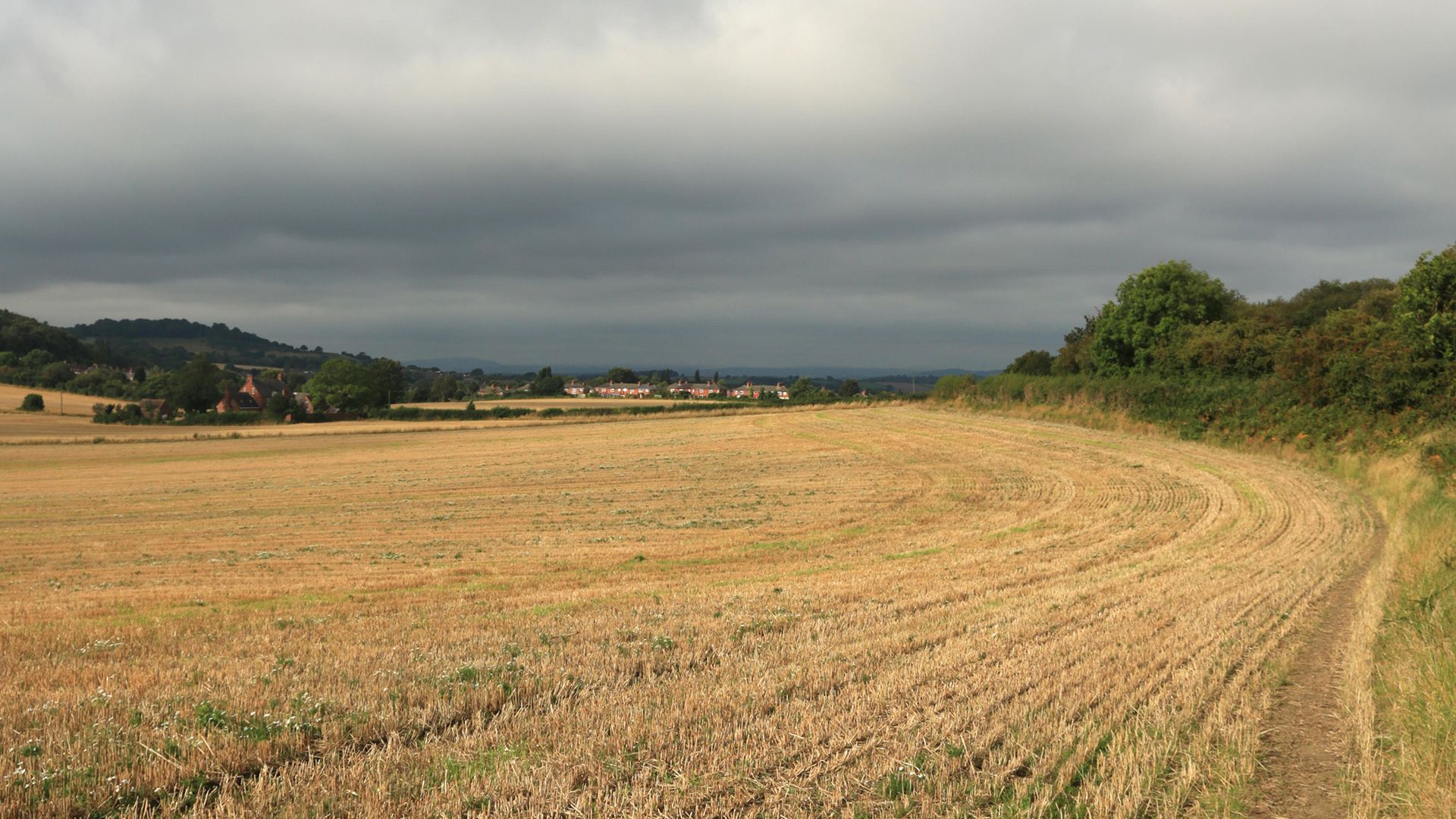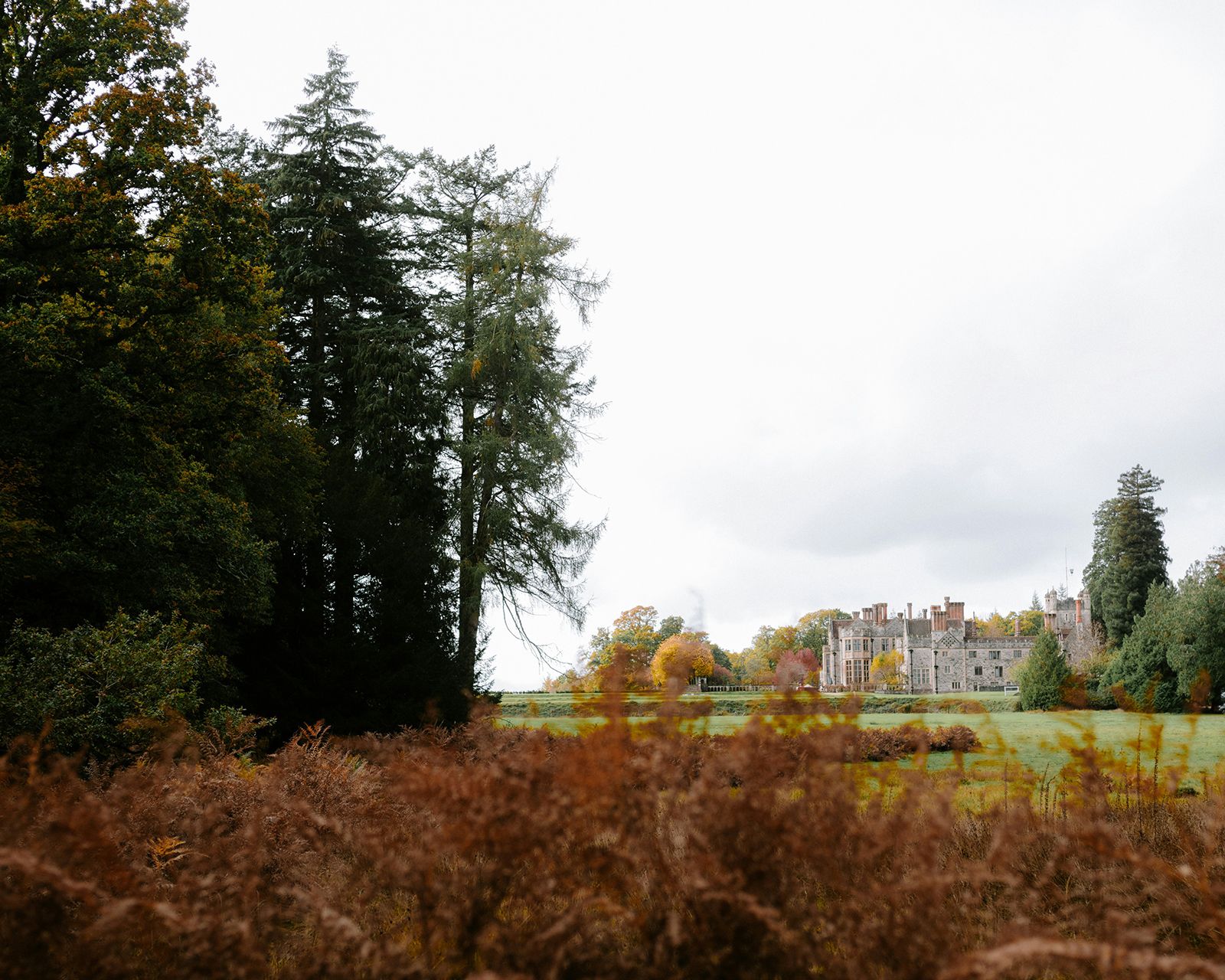The Land Use Framework explained
By Rob Hindle | 09.04.25
The Department for Food, Environment and Rural Affairs (Defra), has launched what they hope will be a ‘national conversation’ about land use, through a Land Use Consultation running until the end of April 2025. This is the precursor to the planned publication of a Land Use Framework for England, expected in Summer 2025.

With a slew of new policy, frameworks, and consultations for rural landowners to get their heads around, it can feel like some of these initiatives are far removed from the day-to-day business of running an estate or rural business.
However, recent policy changes on inheritance tax, agricultural payments, and planning have largely been enacted without meaningful dialogue with those people most affected.
This consultation offers a crucial opportunity to influence decisions that will shape the countryside for generations to come.

What is the proposed Land Use Framework?
The concept of a Land Use Framework is to provide a means by which to balance multiple demands and guide decision-making about how land is used.
We are placing greater demands on our land than ever before. Alongside the need for environmental mitigation and nature restoration, land must also support growing development needs, ensure food security, and contribute to public health.
As a result, land is becoming central to the economic and social well-being of not just rural communities, but society. These demands bring complex decisions - and sometimes tensions, as multiple stakeholders seek to influence how land is used.
The government’s overarching aims are to improve decision-making and spatial planning around how we use our land to:
- Maintain food security
- Protect communities from the impact of a changing climate
- Make room for more housing, plus additional energy, water, and transport infrastructure
- Reverse nature decline, pollution, and emissions
- Use land in a way that promotes economic growth
The Framework is expected to connect with the planning system, and directly influence farming and land use policy, decision-making, and related incentives.
In alignment with the direction of travel of agricultural and environmental policy post-Brexit, the focus is on enabling the land use change required to meet the targets for net zero and nature recovery set out in the Environment Act.

Influencing the way land is used
The aim of the Land Use Framework is to influence decisions on land use, to increase the contribution land makes to climate change and nature recovery.
The government estimates around one fifth of ‘Utilised Agricultural Area’ will need to contribute to the delivery of these targets and that approximately 14 per cent of total agricultural land may need to transition to non-agricultural use, with a focus on the lowest-quality farmland. However, this approach assumes that dietary habits – and therefore demand for certain foods, particularly red meat, will change over time.
Concerns around the impact on food production have been raised. A key principle of the Framework is that the land use change needed, to accommodate growth and meet environmental and climate targets, will not come at the expense of overall food production.

Shaping and stratifying land use change
The consultation sets out a spectrum of land use changes, ranging from:
- Simple management changes to ongoing farming enterprises
- Small changes alongside maintenance of the same agricultural land use, such as field margins or buffer strips
- Changes in agricultural land use within farming systems such as the inclusion of trees and woodland
- Changes in agricultural land use for environment and climate such as a shift to agro-forestry or regenerative farming approaches
- Change away from agricultural to environmental and climate use such as peatland restoration, wetland, and woodland creation.

Ensuring land is best suited for use
The consultation proposes a spatial approach to land use change that will safeguard the best quality agricultural land for food production and focus incentives for the transition of land towards regenerative farming.
This approach intends to ensure decision-makers use spatial analysis as to which land is best suited to which uses. This will inform an approach that aims to ‘reduce trade-offs’ by avoiding land use change on ‘our best agricultural land,’ and by determining when and where it would be appropriate to repurpose the lowest quality farmland out of agriculture.
Defra’s analysis suggests the key shift will be towards making land more multifunctional alongside food production, rather than removing it from production entirely. However, it also indicates that even agricultural land not subject to land use change will need to adopt new management practices to meet targets, such as the goal of the government’s Environmental Improvement Plan to have ‘60% of soils under sustainable management’.

Regional variation
Significant regional variations are acknowledged in the type and quality of England’s agricultural and rural land. The consultation identifies where the most productive land is – by considering factors such as topography, climate, and soil type, as well as where lower-quality land is situated.
For individual landowners, there are maps and analysis that enable them to see how their land is likely to be categorised.

Land use and planning
A Land Use Framework will introduce a far greater focus in public policy on the land use choices made by landowners and managers. It is also likely to introduce a spatially targeted approach to farm payments with an express intention to drive land use change to help deliver the legally binding climate and environmental targets.
The intention is that the Land Use Framework is linked to the planning system but will not replace or supersede planning policy. The proposals refer to ‘improving data and co-ordination between environmental planning and development planning,’ and to ‘greater local and regional democratic accountability over land use decision-making.’ This suggests, at least, a strong linkage between a Land Use Framework and regional and local spatial and development strategies.

Implications for the landowners and managers
The proposals for a national Land Use Framework suggest that the government intends to take a greater interest, and perhaps involvement, in decisions around the use, and management, of privately owned agricultural and rural land.
At the strategic level, if we are to meet environmental and climate objectives, we need to make some changes in how land is used. The Framework could well be a useful tool in guiding decisions and incentives and ensuring that government policies and funding are meeting their intended objectives.
Spatial targeting will bring different expectations for different parts of the country, and different types of land. Land will be expected – and perhaps landowners incentivised or otherwise, to deliver multi-functional outcomes across food production, ecosystem services, climate mitigation and adaptation, infrastructure, and housing.
The ‘most productive farmland’ is likely to be subject to greater ‘safeguarding’ via national, regional, and local planning, development, and public policy. The ‘least productive farmland’ is likely to be the focus of targeted incentives to drive land use change away from food production.
The consultation document includes a proposal to update the Agricultural Land Classification and provide new guidance to Local Planning Authorities on surveying for Agricultural Land Classification, suggesting a continued and perhaps heightened focus on the use of the ‘best and most versatile land’ test to prevent non-agricultural use of the best agricultural land.

Conclusion
The application and implementation of this Framework will be key to its effectiveness. Our hope is that this is used constructively and does not present an inflexible and overly restrictive approach to the ‘zoning’ of land.
Environmental protection is critical, but so too is the investment and development needed to ensure rural places thrive economically and socially. The goal should be a Framework structured to effect positive environmental change but flexible enough to allow entrepreneurship to thrive.
How to respond
To respond to the Land Use Consultation, visit the Defra website here before 25.04.25.
Get in touch
If you would like to discuss the Land Use Framework and how it might impact your land or work, please call us on 01756 797501 or email info@ruralsolutions.co.uk.
Rob Hindle is an Executive Director at Rural Solutions
We are using cookies to give you the best experience on our website. You can find out more about which cookies we are using on our cookie policy.


